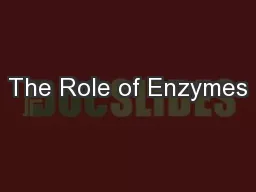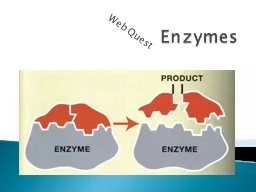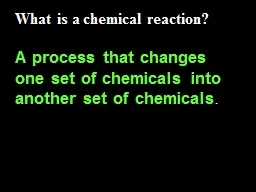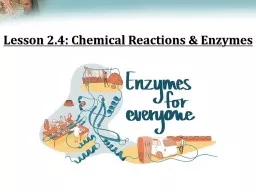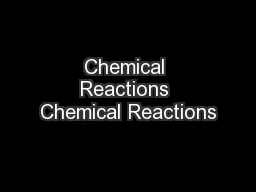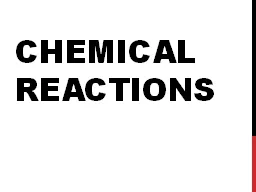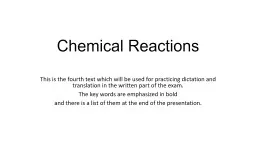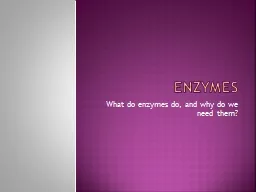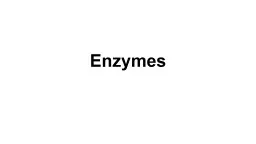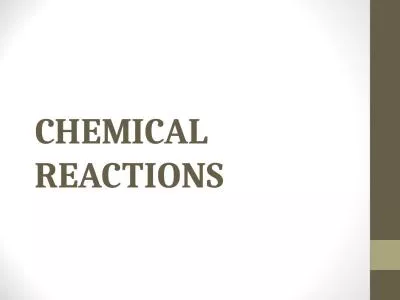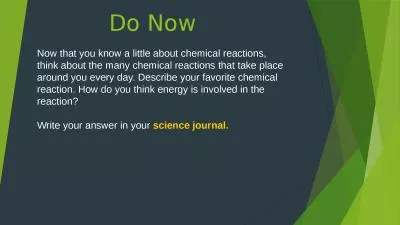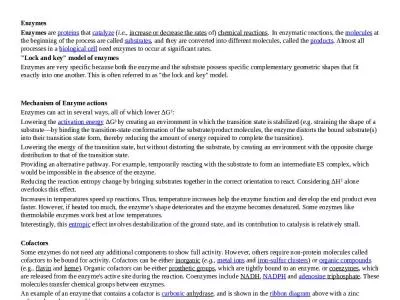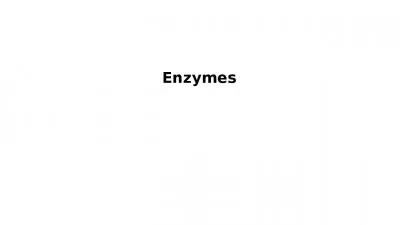PPT-2.4 Chemical Reactions and Enzymes
Author : lindy-dunigan | Published Date : 2019-01-23
THINK ABOUT IT Living things are made up of chemical compounds but chemistry isnt just what life is made ofchemistry is also what life does Everything that happens
Presentation Embed Code
Download Presentation
Download Presentation The PPT/PDF document "2.4 Chemical Reactions and Enzymes" is the property of its rightful owner. Permission is granted to download and print the materials on this website for personal, non-commercial use only, and to display it on your personal computer provided you do not modify the materials and that you retain all copyright notices contained in the materials. By downloading content from our website, you accept the terms of this agreement.
2.4 Chemical Reactions and Enzymes: Transcript
Download Rules Of Document
"2.4 Chemical Reactions and Enzymes"The content belongs to its owner. You may download and print it for personal use, without modification, and keep all copyright notices. By downloading, you agree to these terms.
Related Documents


